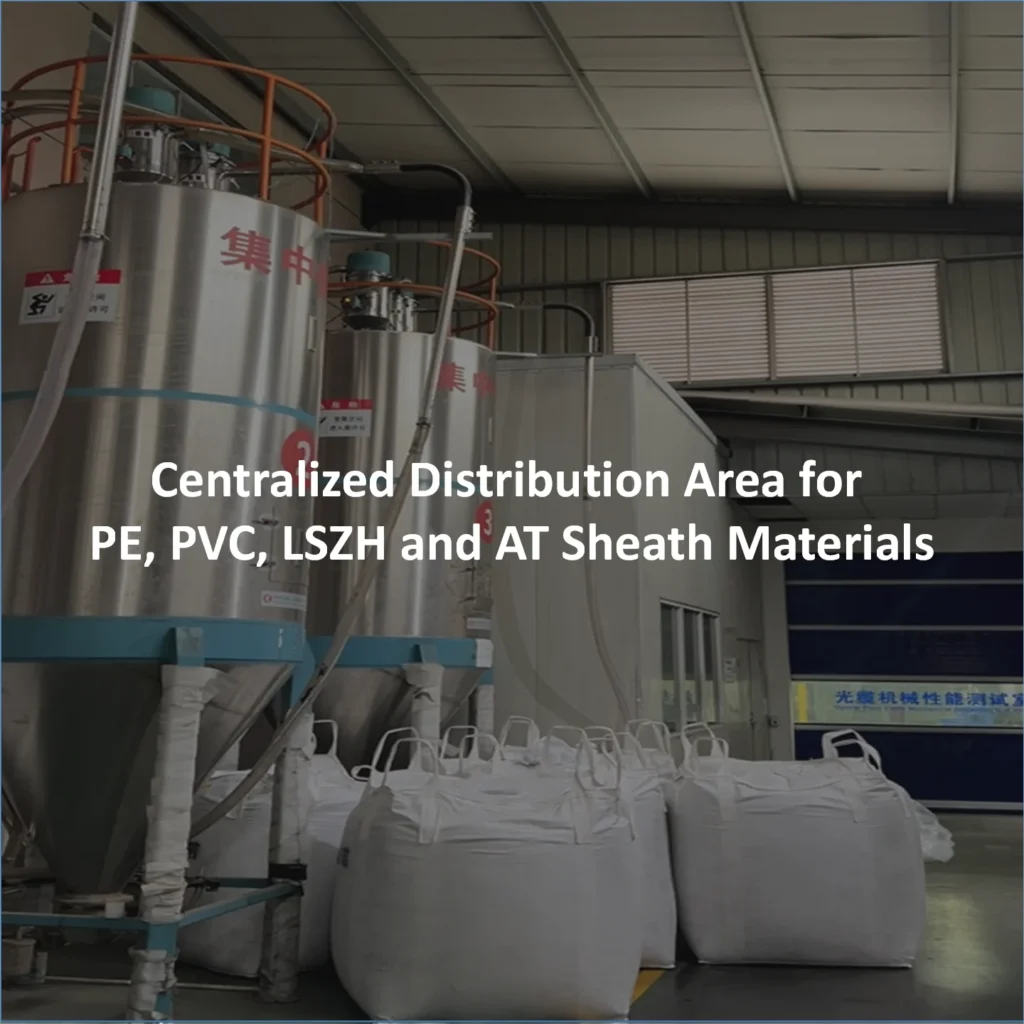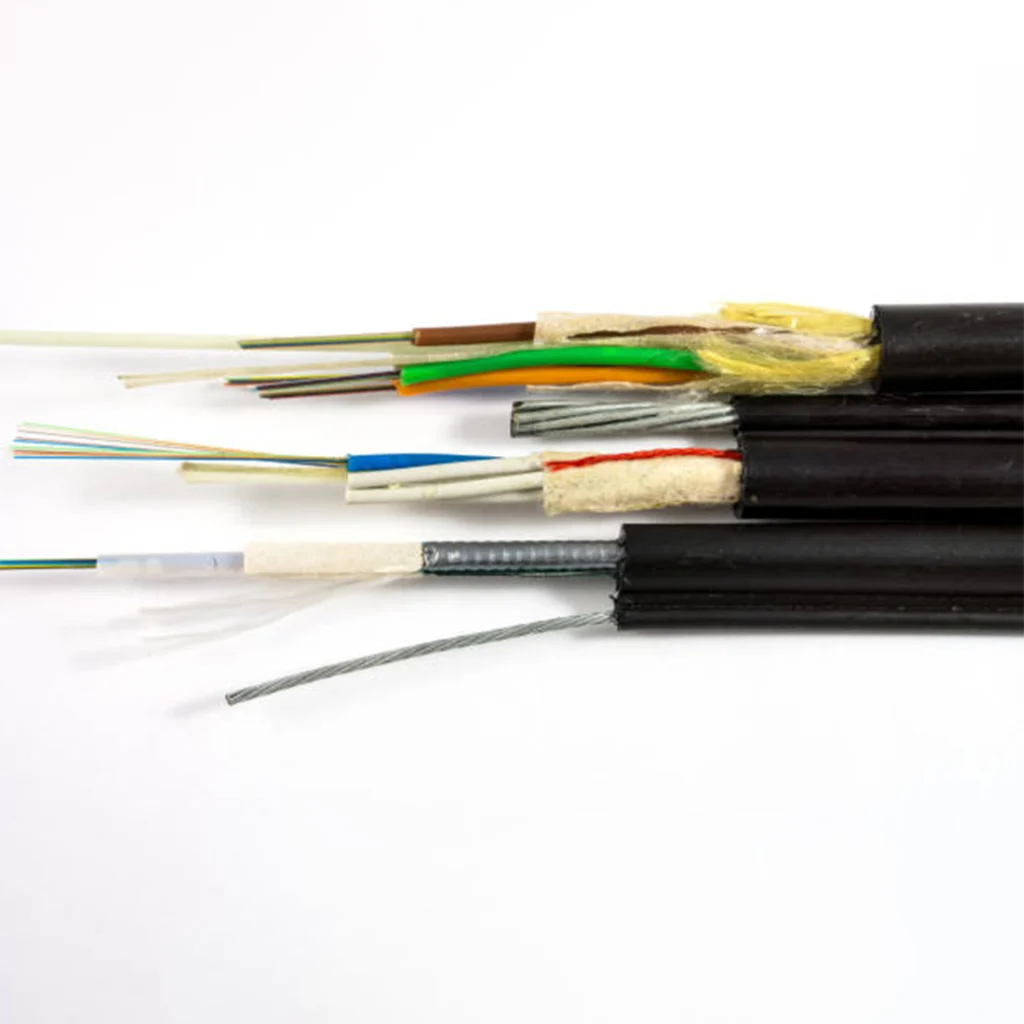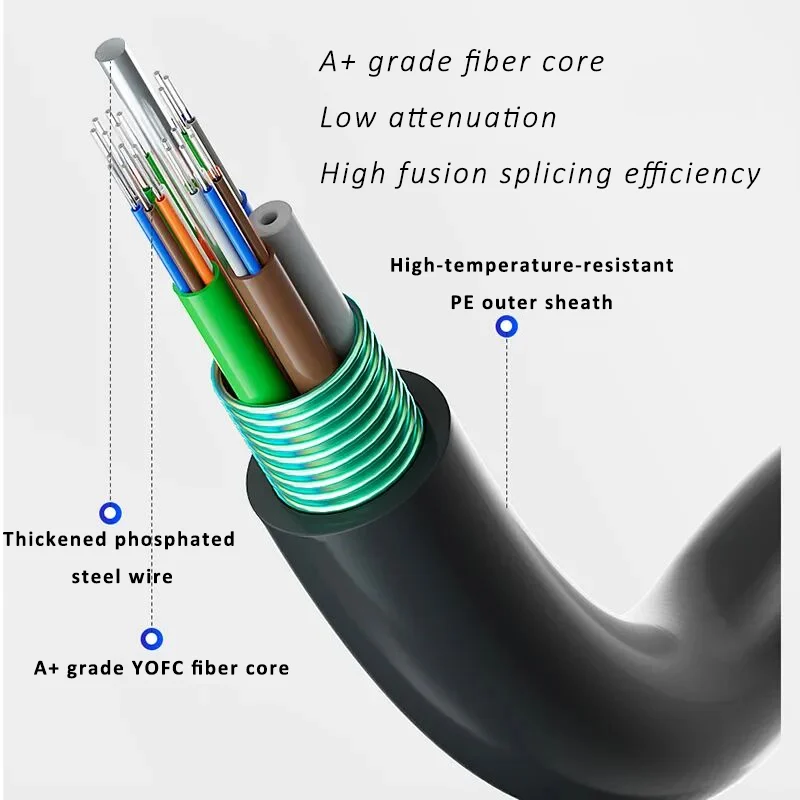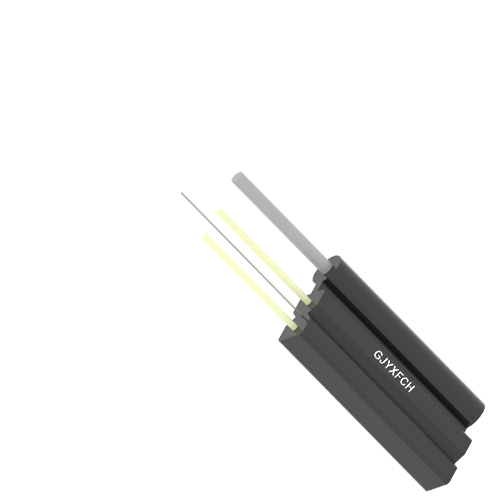Blog
- Building A, Republic International Business Plaza, No. 3699 Gonghexin Road, Jing'an District, Shanghai
- +86-21-59175887
- market@soctfiber.com
- 86-17321363317
- 86-13341796231
How to Choose High-Quality Fiber Optic Cable Products
As is well known, the quality of transmission media in structured cabling plays a critical role in the overall performance and lifespan of the project. It not only affects the service life of the cabling system but, more importantly, ensures reliable performance. Fiber optic cables are widely favored for long-distance transmission due to their advantages, including strong resistance to electromagnetic interference, low signal attenuation, high capacity, lightweight, compact size, and extended transmission distance.

Although fiber optic cables are extensively used for long-distance transmission in structured cabling, many people still lack a deep understanding of how to select them properly. Today, we will discuss how to choose high-quality fiber optic cables from the perspectives of cable structure, materials, and manufacturing processes.
1. Select Fiber Optic Cables Based on Materials
The materials and manufacturing processes of fiber optic cables are crucial factors that determine the cable’s service life and performance. Manufacturing quality is particularly important, as stable processes and high-quality production ensure minimal additional attenuation in the fibers. Typically, a fiber attenuation ≤0.01 dB/km is a benchmark for evaluating the manufacturer’s production process.
The primary materials of fiber optic cables include: optical fibers, fiber filling compound, sheath materials, and PBT (polybutylene terephthalate). Each material has specific quality requirements:
- Optical fiber cores must provide high power handling capability, high signal-to-noise ratio (SNR), low bit error rate (BER), long amplifier spacing, and high information-carrying capacity.
- Fiber filling compound is used to fill the fiber tubes, serving two main purposes: preventing moisture ingress and providing cushioning to protect fibers from vibration or impact.

2. Choose Fiber Optic Cables Based on Fiber Count
Fiber optic cables are available in different structures depending on the fiber count, including central tube, stranded, skeleton, and ribbon designs. The choice of structure should match the application requirements.
- Central tube design is commonly used for cables with ≤12 fibers. It is simple and cost-effective, making it ideal for aerial installation or backbone networks with good duct protection.
- Stranded cables place a steel wire or steel strand in the center for reinforcement and use SZ stranding. Fiber counts can reach up to 144 fibers. Their main advantages include waterproofing, high tensile strength, and strong resistance to lateral pressure, making them suitable for direct burial. When individual fibers need to be accessed, only the required fibers are broken out, which is convenient for data communication networks and cable TV networks that require intermediate optical nodes.
- Ribbon cables can contain hundreds to thousands of fibers. They are constructed by arranging 4–12 fibers in a row to form ribbon units, then combining multiple ribbon units into a cable. For most network-grade applications, central tube and stranded designs are sufficient.

3. Select Fiber Optic Cables Based on Application
Fiber optic cables are categorized by application, including aerial, direct-buried, duct, submarine, and non-metallic cables.
- Aerial cables require high tensile strength and low thermal expansion.
- Direct-buried cables must provide resistance to burial stress, compression, moisture, and chemical corrosion.
- Duct and submarine cables require high water resistance, tensile strength, and waterproofing.
- Non-metallic cables can be installed alongside high-voltage lines due to excellent insulation. Even without metal reinforcement, they must still have sufficient tensile strength.
Therefore, when selecting fiber optic cables, it is important to consider the specific application and specify requirements to the manufacturer to ensure stable and reliable operation.

Conclusion
In summary, evaluating the quality of fiber optic cables requires comprehensive consideration of performance specifications, material quality, and installation requirements. Choosing cables with high bandwidth, low attenuation, minimal reflection loss, and environmental certifications, while also considering technical support and installation standards from suppliers, will help ensure network stability and reliability.










